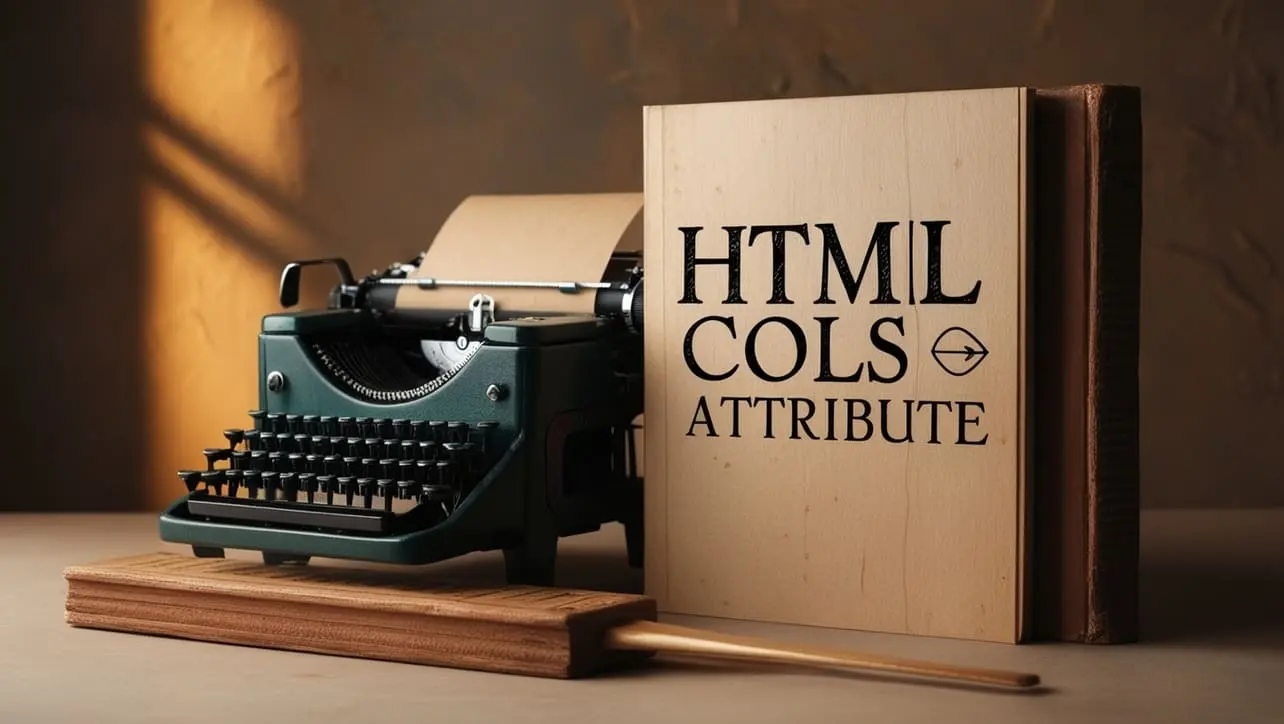
HTML Topics
- HTML Intro
- HTML Basic
- HTML Editors
- HTML CSS
- HTML Tags
- HTML Deprecated Tags
- HTML Events
- HTML Event Attributes
- HTML Global Attributes
- HTML Attributes
- abbr
- accept
- accept-charset
- accesskey
- action
- align
- alt
- archive
- as
- async
- autocapitalize
- autocomplete
- autofocus
- autoplay
- axis
- bgcolor
- border
- cellpadding
- cellspacing
- char
- charoff
- charset
- checked
- cite
- class
- classid
- codebase
- codetype
- color
- cols
- colspan
- compact
- content
- contenteditable
- controls
- coords
- crossorigin
- data
- data-*
- datetime
- declare
- default
- defer
- dir
- dirname
- disabled
- download
- draggable
- enctype
- enterkeyhint
- for
- form
- formaction
- formenctype
- formmethod
- formnovalidate
- formtarget
- frame
- frameborder
- frameset
- headers
- height
- hidden
- high
- href
- hreflang
- hspace
- http-equiv
- id
- inert
- inputmode
- ismap
- kind
- label
- lang
- list
- loop
- low
- max
- maxlength
- media
- method
- min
- multiple
- muted
- name
- novalidate
- onabort
- onafterprint
- onbeforeprint
- onbeforeunload
- onblur
- oncanplay
- oncanplaythrough
- onchange
- onclick
- oncontextmenu
- oncopy
- oncuechange
- oncut
- ondblclick
- ondrag
- ondragend
- ondragenter
- ondragleave
- ondragover
- ondragstart
- ondrop
- ondurationchange
- onemptied
- onended
- onerror
- onfocus
- onhashchange
- oninput
- oninvalid
- onkeydown
- onkeypress
- onkeyup
- onload
- onloadeddata
- onloadedmetadata
- onloadstart
- onmousedown
- onmousemove
- onmouseout
- onmouseover
- onmouseup
- onmousewheel
- onoffline
- ononline
- onpagehide
- onpageshow
- onpaste
- onpause
- onplay
- onplaying
- onpopstate
- onprogress
- onratechange
- onreset
- onresize
- onscroll
- onsearch
- onseeked
- onseeking
- onselect
- onstalled
- onstorage
- onsubmit
- onsuspend
- ontimeupdate
- ontoggle
- onunload
- onvolumechange
- onwaiting
- onwheel
- open
- optimum
- pattern
- placeholder
- popover
- popovertarget
- popovertargetaction
- poster
- preload
- readonly
- rel
- required
- reversed
- rows
- rowspan
- sandbox
- scope
- selected
- shape
- size
- sizes
- span
- spellcheck
- src
- srcdoc
- srclang
- srcset
- start
- step
- style
- tabindex
- target
- title
- translate
- type
- usemap
- value
- width
- wrap
- HTML Comments
- HTML Entity
- HTML Head
- HTML Form
- HTML IndexedDB
- HTML Drag & Drop
- HTML Geolocation
- HTML Canvas
- HTML Status Code
- HTML Language Code
- HTML Country Code
- HTML Charset
- MIME Types
HTML cols Attribute

Photo Credit to CodeToFun
🙋 Introduction
The cols attribute is a valuable feature in HTML that is specifically used with the <textarea> element to define the visible width of a text area.
This attribute allows developers to specify the number of visible columns in the text area, providing control over the layout and presentation of multiline text input.
🎯 Purpose of cols
The primary purpose of the cols attribute is to define the visible width of the text area, representing the number of columns that should be visible to the user. It helps in controlling the presentation of multiline text input fields, ensuring a consistent and visually appealing layout.
💎 Values
The cols attribute accepts a numerical value representing the number of columns in the text area. The value should be a positive integer.
📄 Example
Let's look at a simple example of how to use the cols attribute:
<textarea cols="40" rows="5">Enter text here...</textarea>🧠 How it Works
In this example, the cols attribute is set to 40, indicating that the text area should be initially displayed with 40 visible columns.
🔄 Dynamic Values with JavaScript
Just like other HTML attributes, you can dynamically set the cols attribute using JavaScript.
This can be particularly useful when you want to adjust the visible width of a text area based on user interactions or certain conditions. Here's a brief example:
<script>
// Dynamically set cols for a text area
document.getElementById("dynamicTextArea").cols = 50;
</script>🧠 How it Works
In this script, the cols attribute is set to 50 for a text area with the id "dynamicTextArea." This dynamic approach allows you to adapt the visible width of the text area programmatically.
🏆 Best Practices
- Use the
colsattribute to define an appropriate width for your text areas, keeping in mind the expected content and overall design of your web page. - Test the text area layout across different screen sizes to ensure a responsive and user-friendly experience.
- Combine the
colsattribute with the rows attribute to control both the width and height of your multiline text input fields effectively.
🎉 Conclusion
The cols attribute is a useful tool for customizing the visible width of text areas in HTML forms. By understanding and leveraging this attribute, you can create more user-friendly and aesthetically pleasing text input fields in your web applications.
👨💻 Join our Community:
Author

For over eight years, I worked as a full-stack web developer. Now, I have chosen my profession as a full-time blogger at codetofun.com.
Buy me a coffee to make codetofun.com free for everyone.
Buy me a Coffee












If you have any doubts regarding this article (HTML cols Attribute), please comment here. I will help you immediately.